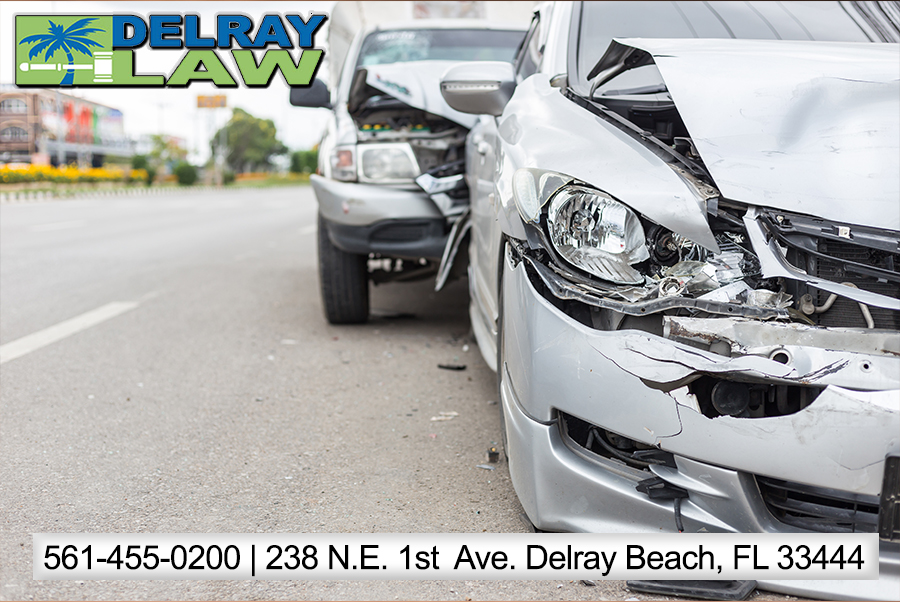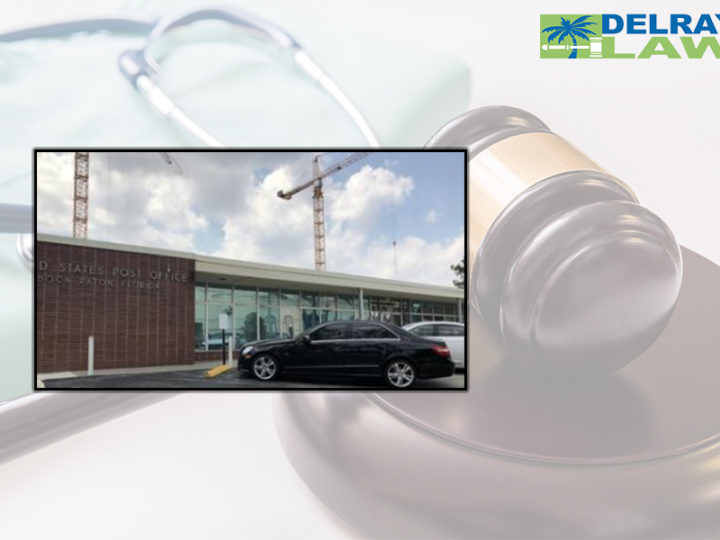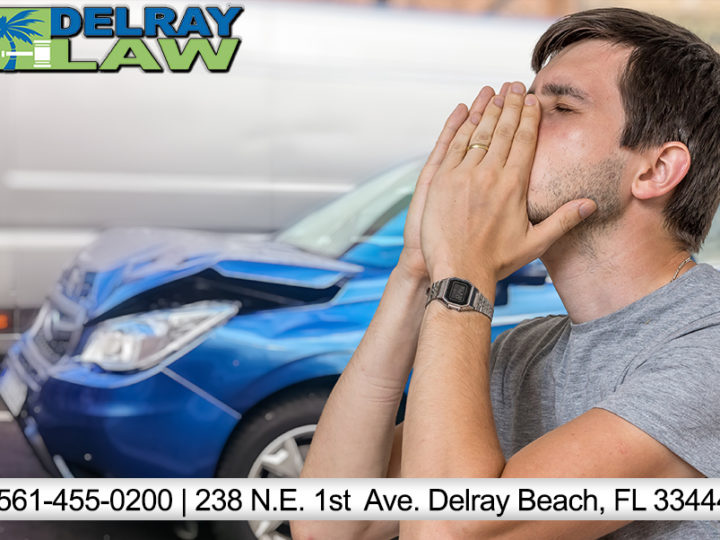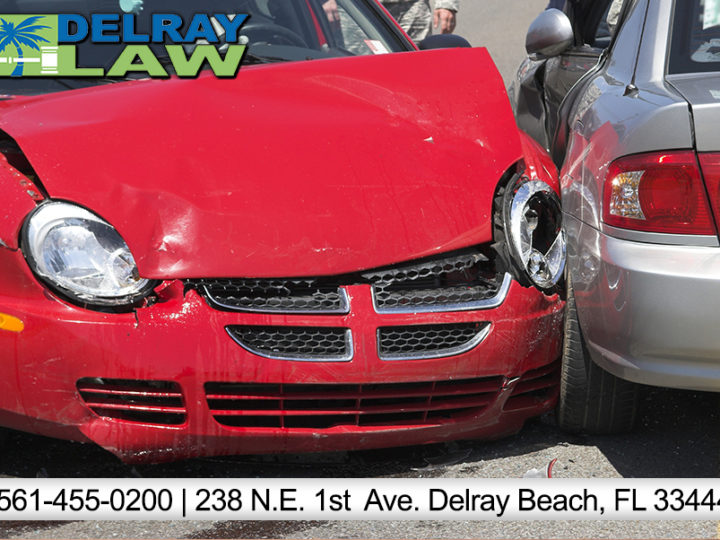
Studies conducted by the Insurance Research Council indicate that about 16.1% of U.S. motorists are uninsured. Drivers of older cars are especially negligent, with nearly 40% of vehicles older than 15 years driven by uninsured drivers. If you live in Florida, your odds of encountering an uninsured driver are even greater than the national average: An estimated 19% of Florida’s licensed drivers – almost one in five – do not carry bodily injury insurance.
What does it mean for you and your family when one out of every five or six drivers you pass on the street or highway does not carry sufficient coverage to fully compensate you if he or she should cause a crash in which you suffer devastating injuries?
It means that when you buy new auto insurance or renew your current policy, you should say “yes” to Uninsured Motorist (UM) coverage.
If you or a family member is involved in a crash with an uninsured driver and you don’t have UM coverage, you lose your ability to recover for future medical expenses, lost wages, and non-economic damages such as lifelong disability and pain and suffering. Your health insurance and Personal Injury Protection (PIP) only pay the bills you have received to the extent of your injuries today, not for any future losses attributed to this accident.
That’s why many insurance companies will try to discourage you from buying UM coverage – it forces them to pay for the full extent of your losses.
Buying automobile insurance is a confusing and frustrating process, one for which you should be thoroughly prepared and armed with specific questions to ask your insurance agent.
Under Florida’s hybrid no-fault insurance system, the law requires drivers to carry Personal Injury Protection (PIP), which compensates the insured driver and household members for medical treatment regardless of who is at fault in an accident. PIP covers the costs of medical treatment, lost wages, and incidental costs associated with medical care – but not pain and suffering or future medical care, future loss of earnings of a loss of future earning ability, or disability. PIP coverage is usually limited to $10,000 in medical and disability benefits and $5,000 in death benefits resulting from bodily injury or death stemming from ownership, maintenance or use of the insured motor vehicle.
Bodily injury liability coverage provides coverage for claims made against you for the accidental bodily injury of other parties injured in a crash involving an insured motor vehicle. The named insured and family members are excluded from this coverage. Florida law does not require that bodily injury liability coverage is purchased or carried. Accordingly, a great many Florida drivers are uninsured or underinsured if they cause an accident resulting in bodily injury to another person. So, if you are injured in a traffic accident with one of the 19% of Florida drivers who do not carry this bodily injury liability insurance, your recovery is limited to your PIP coverage, unless you have an Uninsured Motorist policy.
Ask your insurance agent whether his or her company offers both “stacked” and “non-stacked” UM coverage. The difference between stacked and non-stacked coverage can affect whether you or family members will be able to collect UM at all.
In Florida, if you elect to carry bodily injury liability insurance, the law requires that the insurance company also provides Uninsured Motorist coverage, unless you expressly reject it. Florida Statute 727.727(1) reads:
No motor vehicle liability insurance policy which provides bodily injury liability coverage shall be delivered in this state with respect to any specifically insured or identified motor vehicle registered or principally garaged in this state unless uninsured motor vehicle coverage is provided therein or supplemental thereto for the protection of persons insured thereunder who are legally entitled to recover damages from owners or operators of uninsured motor vehicles because of bodily injury, sickness, or disease, including death, resulting therefrom. However, the coverage required under this section is not applicable when, or to the extent that, an insured named in the policy makes a written rejection of the coverage on behalf of all insured parties under the policy.
By law, insurance consumers must be fully advised of the nature of UM coverage and further notified that the coverage will be equal to the insured’s bodily injury liability limits on a stacked basis unless lower limits are requested, or the coverage is rejected. Stackable coverage means that the uninsured motorist coverage on multiple vehicles covered under one policy can be increased by stacking the coverage. For example, if the policy provided stacking uninsured motorist coverage of 100 per person /300 per incident, on each of three vehicles, then to total coverage available for injury caused by an uninsured or underinsured motorist would be 300 per person / 900 per incident.
You may reject this coverage entirely, reject just the stacking feature, or choose lower limits, if your rejection or selection of lower limits is made on an approved form.
Stacked UM insurance usually costs more, but it provides broader coverage. Most insurance companies offer both versions, but they may not tell you that – or explain the similarities and differences.
The bottom line is, you should carry stacked Uninsured Motorist coverage to make sure that you and your family have the broadest protection – anywhere, anytime, in any vehicle – if you are injured in an accident with an uninsured motorist.




